If you like applesauce, but usually only eat store-bought varieties, this homemade version may be a revelation; far from the slightly grainy, sometimes watery versions that are either plainly unsweetened or liberally over sweetened, this homemade applesauce is silky, lush, and positively luxurious, as deluxe as an applesauce can be. Far from the unidimensional taste profiles of other applesauce, Ginger and Vanilla Applesauce is deeply flavourful, delighting the eater with warm, creamy, and citrusy notes that positively dance on the palate.

Made from a few ingredients with a modest time commitment, Ginger and Vanilla Applesauce celebrates fall flavours and local fall produce in Ontario, where fresh apples of numerous varieties can be found bursting forth at every supermarket, farmers market, and roadside stand. Our family’s favourite variety is the honeycrisp apple, a crisp and remarkably sweet and flavourful apple, which until relatively recently was either imported from other provinces or was far more expensive than regional varieties. Thanks to its burgeoning popularity and increased plantings by local farmers, honeycrisp apples are now increasingly common and somewhat less pricey.

Ginger and Vanilla Applesauce features a short list of ingredients, just sweet apples and little more than vanilla bean paste, fresh ginger, and a touch of lemon and maple syrup. Once the apples are peeled, cored and chopped, and the ginger added, the apples cook merrily away on the stove, unattended for their cooking duration before the final enrichments are added. Left to cool to room temperature, the cooked apples go for a short whirl in a high speed blender, producing a glorious and plush puree. I love using vanilla bean paste for this recipe as I feel it contributes a creamier vanilla taste than extract does, and I also just like seeing the flecks of vanilla throughout the finished applesauce, however, you can easily substitute liquid vanilla extract if that is what you have on hand.
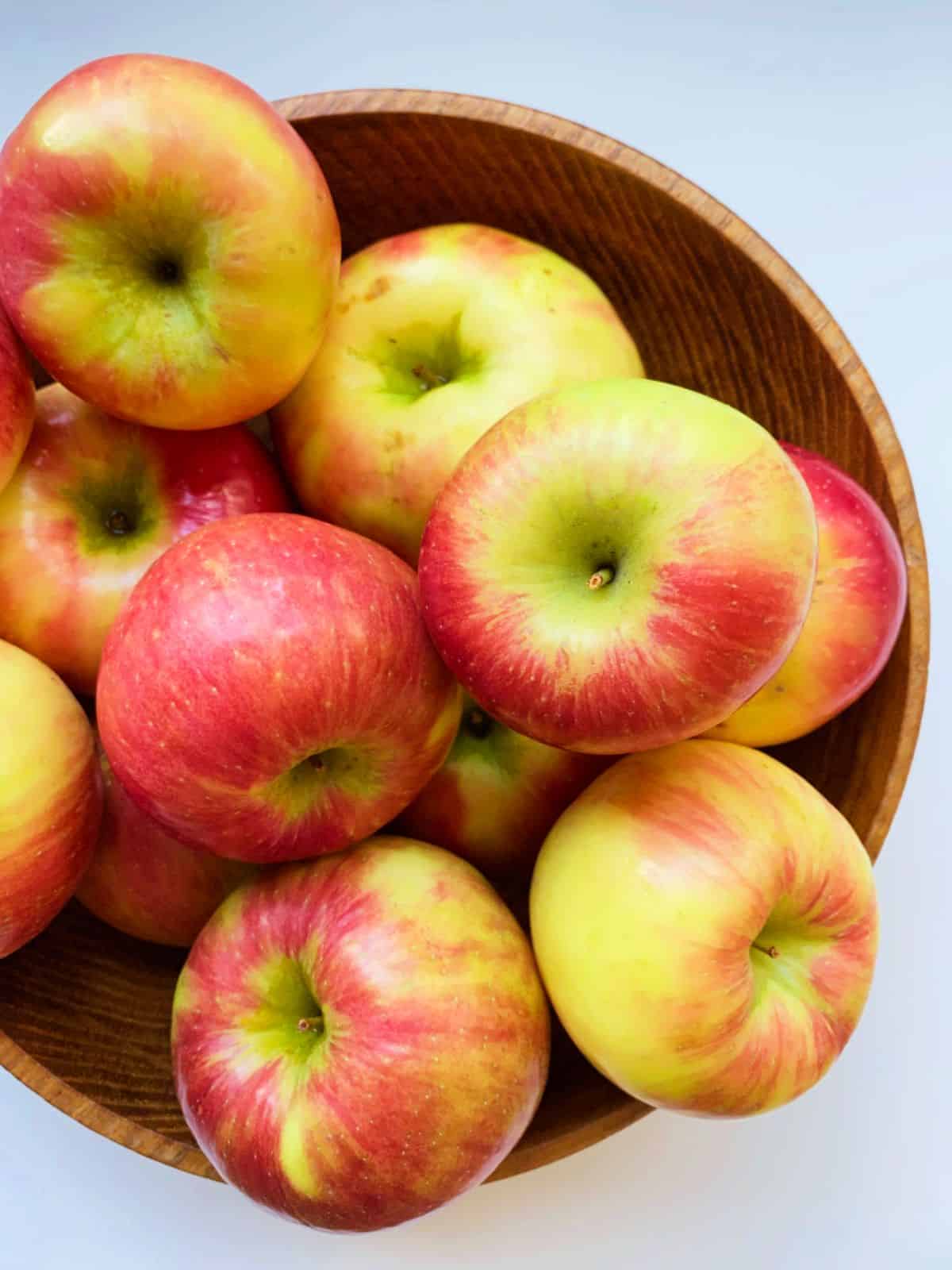

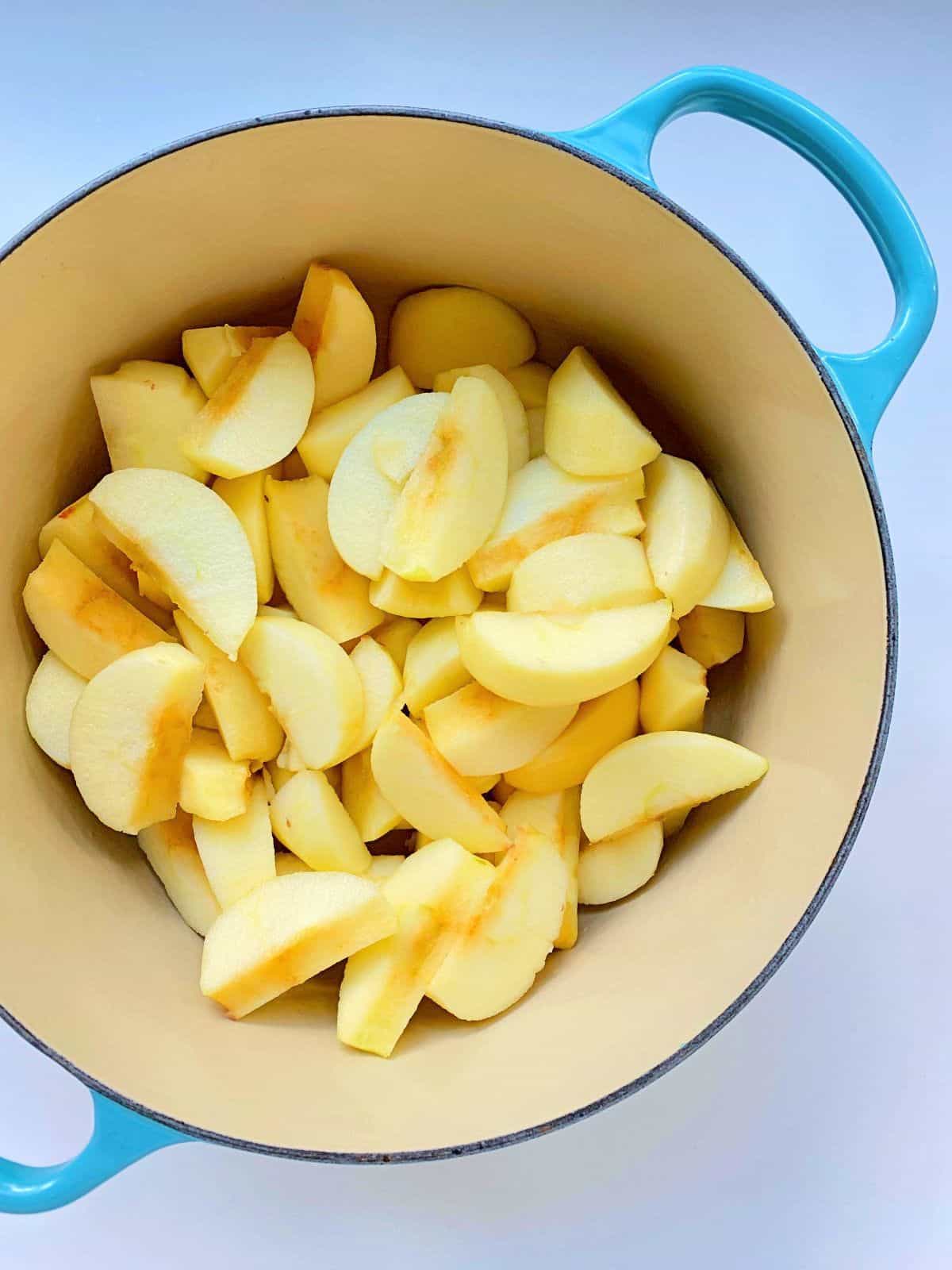
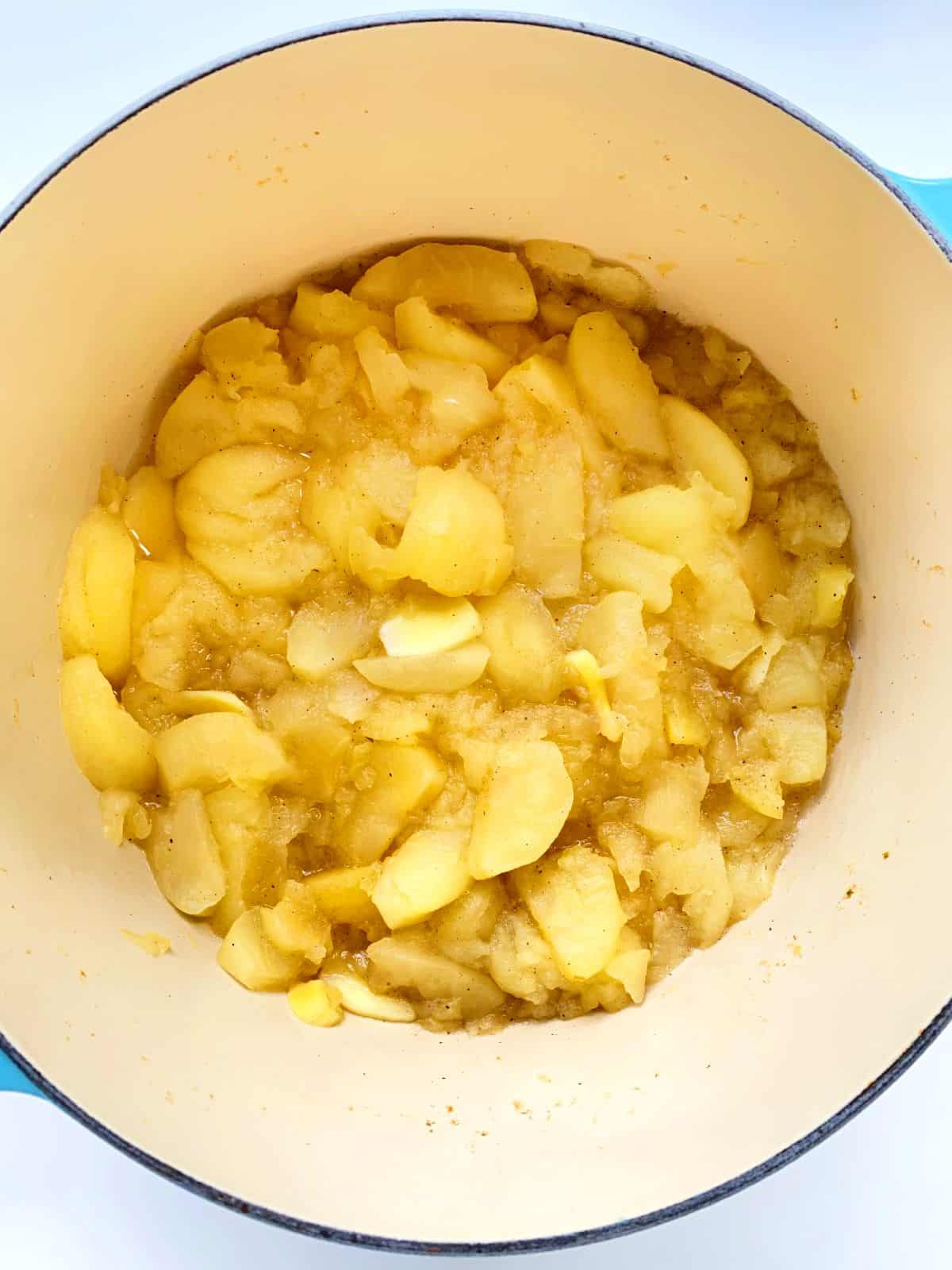
The trick to creating the thick and velvety texture of this applesauce lies in making sure much of the liquid evaporates when cooking, and then thoroughly blending the apples in a high speed or other blender until you have the smoothest puree possible. To say this applesauce is leagues above most other varieties is not superlative; it really is that good!
The Food Find
Used for centuries across numerous cultures as folk medicine and to flavour both sweet and savoury dishes, fresh ginger abounds across cultural traditions around the world. Being the ginger fiend that I am, I always have knobs of fresh ginger in the fridge, sometimes grated and frozen in the freezer, and regularly stock ground ginger, japanese pickled ginger, and ginger juice in my pantry. My whole family has a tradition of drinking strongly brewed ginger tea for various ailments, steeping the grated root in hot water, and sweetened with honey, something I have been drinking since childhood.

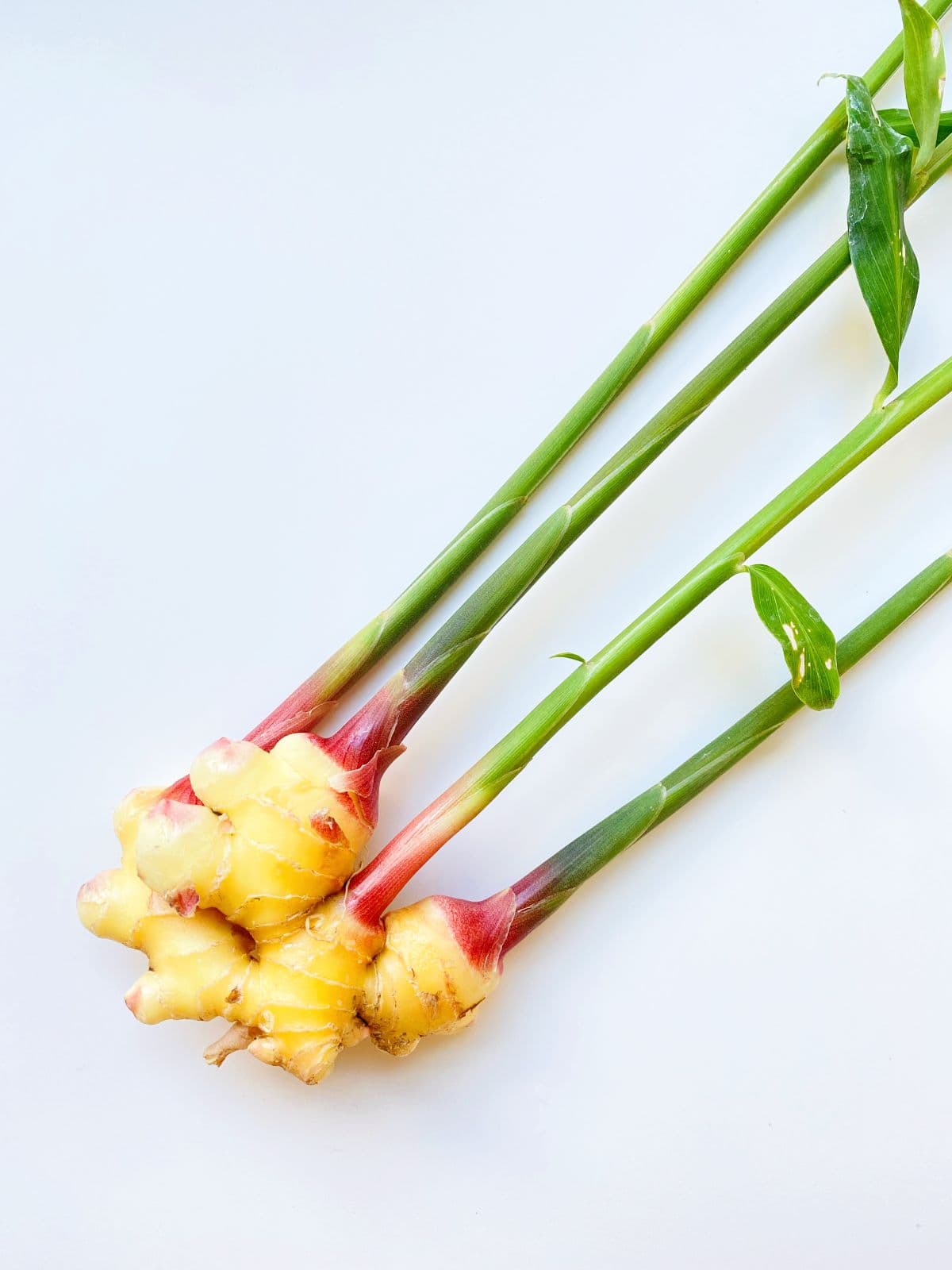
Recently, I came across an unusual sight in a few local farmers markets: Ontario grown ginger! Considering that ginger has been historically and almost exclusively grown in tropical climates, the sight of fresh ginger grown far from the tropics was both intriguing and surprising. It turns out that over the past few years, with persistence and hard work, a number of intrepid local growers have been producing crops of immature ginger. Known as “pink” ginger, this beautiful rhizome features a magenta coloration, and a much thinner skin than mature ginger, with a less fibrous texture. Immature ginger, also often known as spring ginger or young ginger, can also be found imported at Chinese, Thai, and Vietnamese grocers, amongst other sources, and regardless of the source, if the skin is thin enough, it doesn’t even need to be peeled before use.
Of course seeing such an usual and less common seasonal crop means locally grown ginger is harder to find, but if you live in Southern Ontario, keep your eyes open for this exciting new Food Find crop in the future, as it’s sure to gain traction with other farmers now that successful harvesting has been proven in this growing zone.
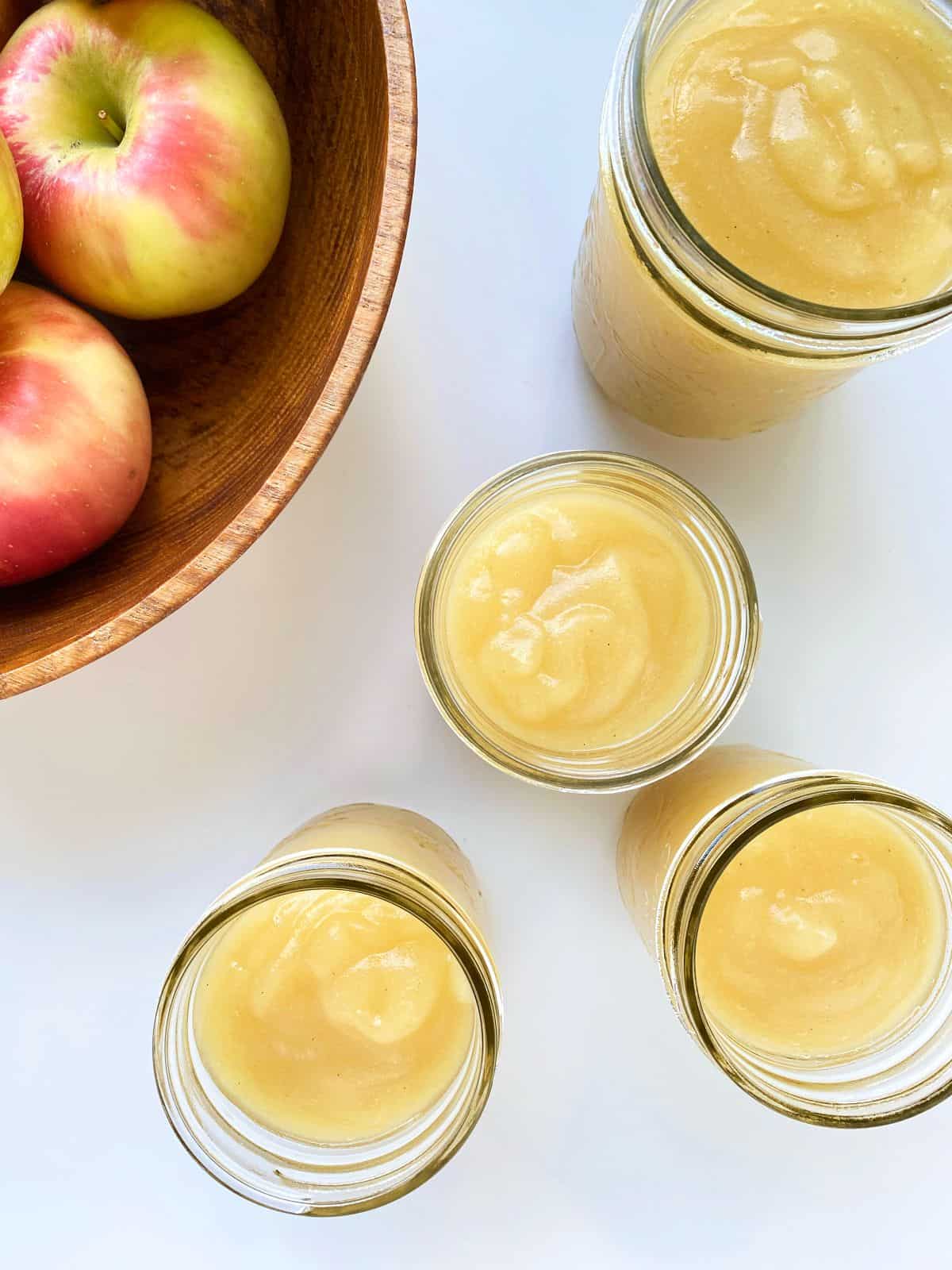
How to Eat Ginger and Vanilla Applesauce
This recipe makes approximately 5 cups worth of applesauce and freezes beautifully in glass jars, although I think you will find that it will be gone before most jars can make it to the freezer! Once cooked and cooled I pack the applesauce into glass jars and refrigerate as part of my meal prep so that I have something healthy and sweet to snack on later in the week, that is, if my son leaves any behind after eating his fill!
I often eat Ginger and Vanilla Applesauce as a snack on its own, paired with greek yogurt for something more substantial for breakfast, or as part of a parfait for a lazy weekend brunch, layered with granola and berries. As I also often bake with applesauce in lieu of some of the butter or oil content called for in certain recipes, I find Ginger and Vanilla Applesauce an especially tasty substitution for conventional applesauce when baking.
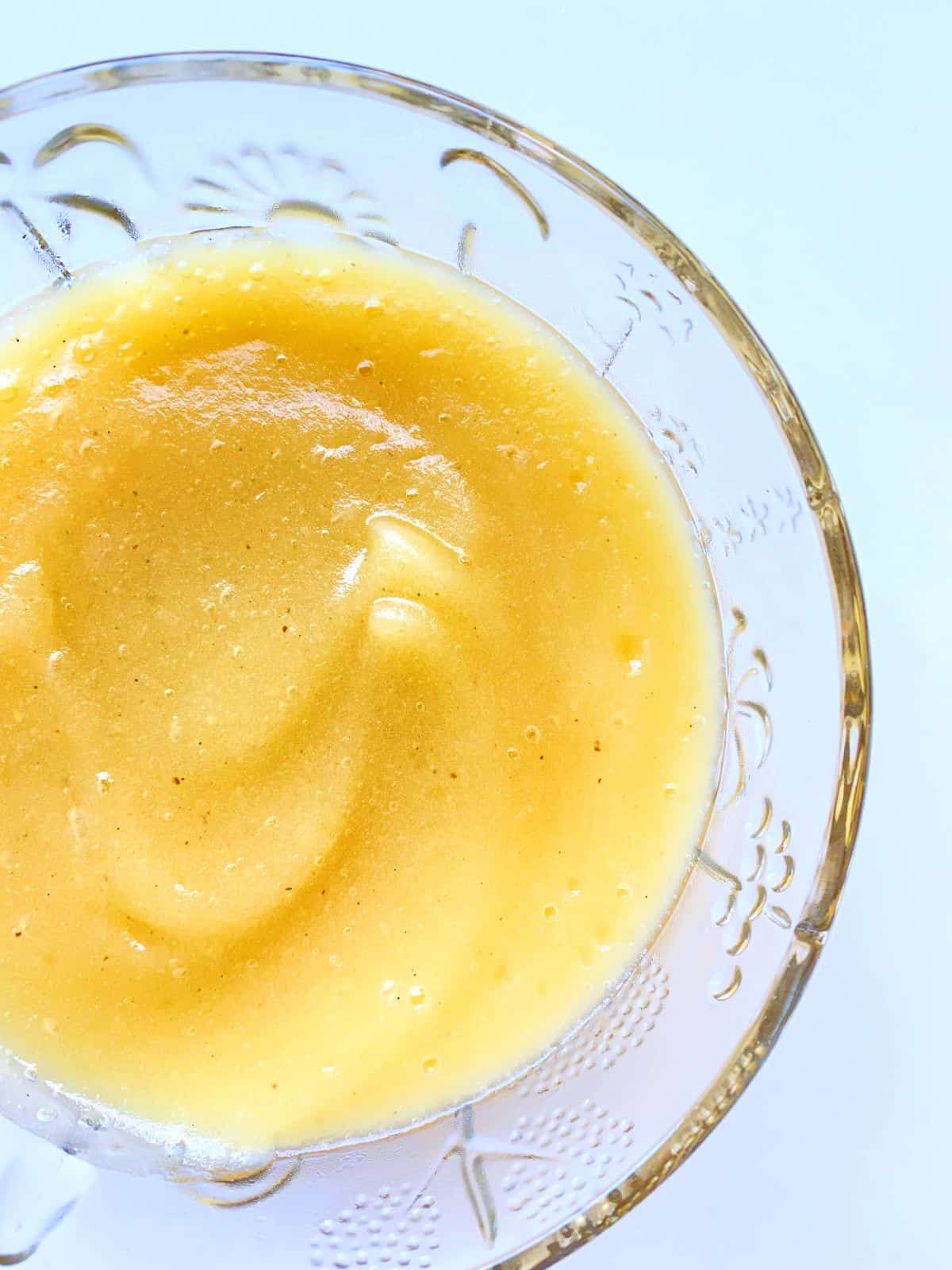
Ginger and Vanilla Applesauce
Ingredients
- 10 large sweet apples washed, peeled, cored, and cut into wedges (approx 12 cups)
- 1 teaspoon lemon juice plus more to taste (optional)
- 1 tablespoon heaped, of ginger root cut into thin coins
- ¼ cup water
- 1 teaspoon pure vanilla bean paste or extract
- 2 tablespoon pure maple syrup
Instructions
- Wash, peel, and core your apples - as you cut the apples into wedges, toss them into the large heavy bottomed pot you are going to use for the cooking process. Sprinkle the lemon juice over the cut apples to reduce browning as you prepare your apples.
- Place the pot filled with cut apple wedges onto medium high heat on your stovetop and add the water. Add the ginger coins, stir, and cover with a lid. Cook for about 10 minutes, remove the lid and stir again. Cook for an additional 10 minutes with the lid off.
- Around the 20 minute mark, your apples should be very soft. Add the maple syrup and vanilla bean paste, and cook for a few more minutes with the lid off to allow extra moisture to evaporate. Take the pot off the heat and allow the applesauce to cool.
- Ladle the contents of your pot into a blender and blend on high speed until very smooth, then blend a little longer to make sure you achieve the smoothest, creamiest blend possible. Taste, and adjust with additional small squeezes of lemon if you would like the overall flavour to be brighter, otherwise, decant into glass containers for the fridge or freezer depending on when you are going to eat your applesauce. Enjoy!

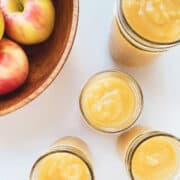
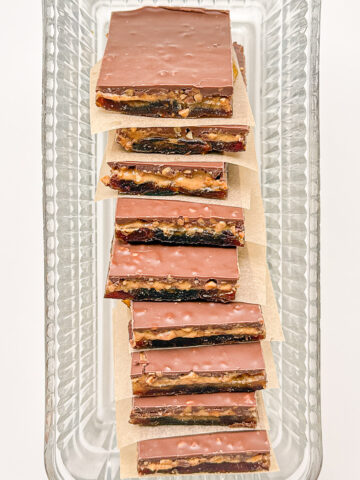
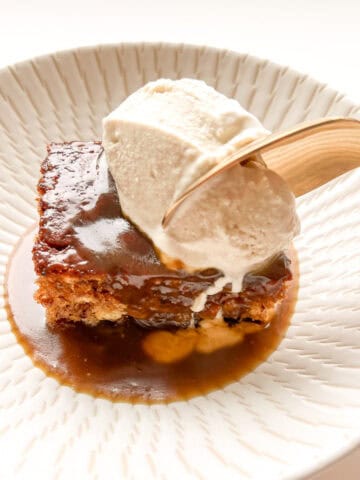
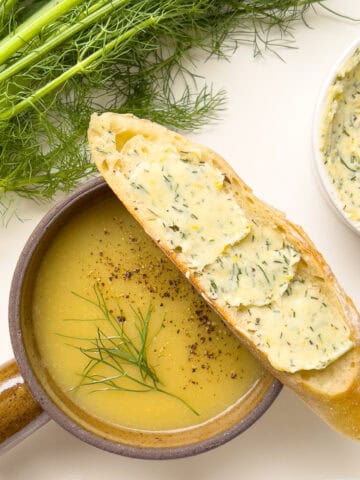
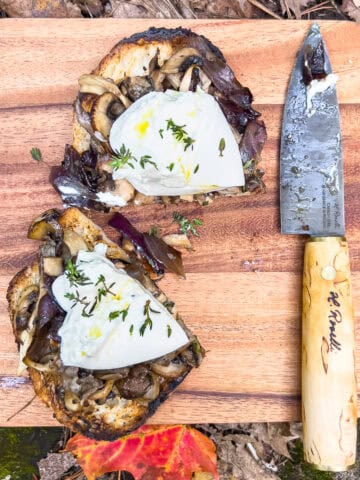
Leave a Reply